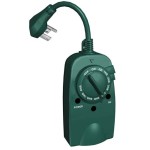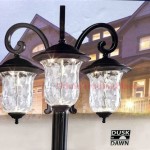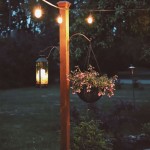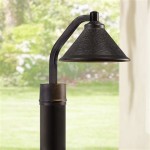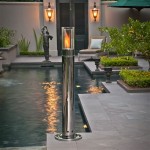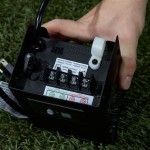DIY Outdoor Solar Lights
Outdoor lighting enhances the beauty and safety of any property. Solar-powered lights offer a cost-effective and environmentally friendly way to achieve this. Building DIY solar lights allows for customization and control over design and functionality, offering a unique and rewarding project for homeowners.
Essential Components for DIY Solar Lights
Several key components are necessary for constructing functional and durable DIY solar lights. These include a solar panel, rechargeable batteries, LEDs, a light fixture or enclosure, and wiring.
The solar panel is the heart of the system, converting sunlight into electricity. Selecting a panel with appropriate wattage is crucial, depending on the desired brightness and operating time of the lights. Monocrystalline and polycrystalline panels are common choices, offering varying levels of efficiency and cost-effectiveness.
Rechargeable batteries store the energy generated by the solar panel. Nickel-metal hydride (NiMH) and lithium-ion batteries are popular choices for solar lighting applications. Lithium-ion batteries generally offer higher energy density and longer lifespans, while NiMH batteries are a more budget-friendly option. Battery capacity should be selected based on the power consumption of the LEDs and the desired runtime.
LEDs are the light source for the project and are preferred for their energy efficiency and long lifespan. The color temperature and brightness of the LEDs can be chosen based on personal preference and the intended application. Warm white LEDs create a cozy ambiance, while cool white LEDs offer a brighter, more functional light.
The light fixture or enclosure protects the internal components from the elements and provides a housing for the LEDs. Glass jars, metal cans, and PVC pipes can be repurposed creatively for this purpose. Ensuring the enclosure is weatherproof is essential for longevity and safe operation.
Wiring connects the solar panel, battery, and LEDs. Using weather-resistant wire and proper soldering techniques ensures a reliable and durable connection, crucial for long-term performance in outdoor environments.
Building the Solar Light Circuit
Creating the circuit for the solar light involves connecting the components in a specific configuration. The solar panel is connected to the battery through a charge controller, which regulates the charging process and prevents overcharging. The battery is then connected to the LEDs through a switch, allowing for manual control of the light.
A blocking diode is typically included in the circuit to prevent the battery from discharging back through the solar panel at night. This diode ensures that the battery retains its charge and is ready to power the LEDs when darkness falls.
Different circuit designs can be implemented based on the desired functionality. Simple circuits involve a direct connection between the panel, battery, and LEDs. More complex circuits can incorporate features like automatic light sensors, dimming capabilities, and multiple lighting modes.
Installation and Maintenance of DIY Solar Lights
Proper installation is essential for maximizing the performance and longevity of DIY solar lights. Placing the solar panel in a location that receives direct sunlight throughout the day is crucial for optimal charging. The angle of the panel should be adjusted according to the latitude to capture the maximum amount of sunlight.
Securing the light fixture to a stable surface, such as a post, wall, or tree, ensures stability and prevents damage from wind or other environmental factors. Using appropriate mounting hardware and ensuring a secure fit are essential for long-term durability.
Regular maintenance contributes to the continued performance of the solar lights. Cleaning the solar panel periodically removes dust and debris that can obstruct sunlight and reduce charging efficiency. Checking the battery connections and replacing the battery when necessary ensures optimal performance.
Inspecting the wiring and light fixture for any signs of damage or wear and tear is also important. Addressing any issues promptly prevents further damage and ensures the continued safe operation of the lights.
Building DIY solar lights offers a fulfilling project with tangible benefits. By carefully selecting components, constructing a robust circuit, and implementing proper installation and maintenance practices, individuals can create custom outdoor lighting solutions that are both functional and aesthetically pleasing.

15 Amazing And Easy Solar Light Ideas To Diy

Cool Sustainable And Stylish Diy Ideas For Outdoor Solar Lighting Urban Gardens

Diy Cedar Cube Solar Landscape Lights The Navage Patch

20 Easy To Make Diy Solar Light Projects

Cool Sustainable And Stylish Diy Ideas For Outdoor Solar Lighting Urban Gardens

Diy Solar Lights Lamp Post Outdoor Lighting Planters

Solar Lantern Diy Kippi At Home

Cool Sustainable And Stylish Diy Ideas For Outdoor Solar Lighting Urban Gardens

Diy Industrial Style Concrete Pillar Solar Light

20 Cool And Easy Diy Ideas To Display Your Solar Lighting Woohome
Related Posts
